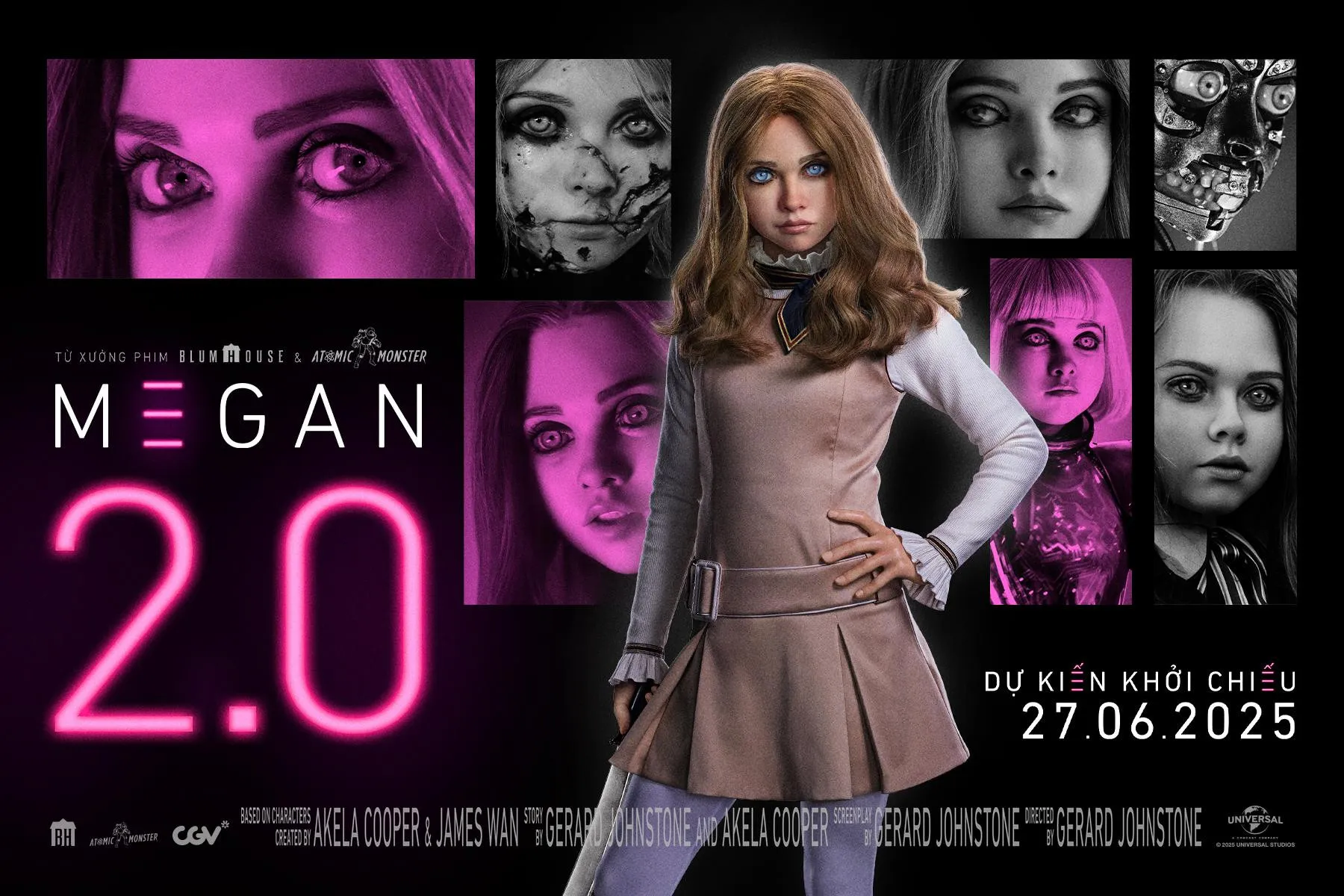Row 19 (2021), directed by Alexander Babaev, is a moody and claustrophobic Russian horror film that unfolds almost entirely aboard an overnight commercial flight. It follows a young doctor, Katarina, and her daughter as they board a nearly empty plane on a stormy night. What begins as an uneventful journey quickly morphs into a terrifying descent into trauma, hallucination, and death — both literal and psychological.
The film’s title refers to the row where the protagonist is seated — a place marked by personal tragedy. When Katarina was a child, she survived a plane crash that killed everyone else on board, including her mother. Now, decades later, she’s flying again with her own daughter, seemingly ready to face the past. But something is deeply wrong. The other passengers behave strangely, the turbulence never seems to end, and Katarina begins to see things — or perhaps relive them.
The plot unfolds in a dreamlike, fractured structure. Reality, memory, and hallucination blur together as the flight becomes increasingly surreal. Passengers vanish, reappear, and speak in riddles. The flight crew seems both familiar and eerie. Katarina’s grip on reality loosens as she tries to protect her daughter and confront her repressed trauma.

The film leans heavily into psychological horror, using the confined space of the plane to maximum effect. There's no escape, no help, and no clarity. Every flicker of the overhead lights and every gust of turbulence heightens the tension. The horror is subtle at first — glimpses of dead eyes, blood trails on seatbacks, children whispering nonsense — but escalates into full-on panic as Katarina realizes the plane might not be real at all.
Visually, Row 19 excels at atmosphere. Dim, flickering lighting and narrow camera angles enhance the sense of entrapment. The in-flight cabin becomes a purgatory, mirroring Katarina’s psychological state. The washed-out color palette and sudden shifts in focus reflect her slipping sanity. There’s a sense that time is folding in on itself — Katarina isn’t just flying through air, but through her own suppressed past.
What sets Row 19 apart is its fusion of traditional ghost story elements with a deeper exploration of generational trauma. Katarina’s journey is not about running from a monster, but from the survivor’s guilt she never addressed. Her daughter serves as a mirror — both vulnerable and symbolic — raising the question: can unhealed trauma be passed down like inheritance?

The film also plays with symbolism throughout. The row number, the storm, the dying lights, and repeated references to fire all point toward unresolved grief and the fear of repeating past mistakes. The plane becomes a metaphor — a fragile, suspended reality between life and death, memory and truth.
Performance-wise, Svetlana Ivanova brings a grounded intensity to Katarina. Her expressions swing convincingly from clinical detachment to desperation as her world collapses midair. The supporting cast adds to the eerie mood, portraying passengers who act as ghosts, stand-ins for Katarina’s fractured memory, or perhaps figments of her guilt.
However, the film isn’t without flaws. The pacing occasionally drags in the middle as the narrative doubles down on ambiguity without offering enough clarity to keep all viewers engaged. Some of the horror elements feel derivative or predictable to seasoned fans of psychological thrillers. And the ending — while powerful — leaves much unanswered, which may frustrate those who prefer concrete resolutions.

Yet for viewers who appreciate horror that’s more about atmosphere and emotion than jump scares, Row 19 delivers. It stands closer to films like The Babadook or Jacob’s Ladder than conventional ghost stories, using terror as a vessel for unresolved grief and the fear of inheritance — not just of genetics, but of pain.
The film’s final act forces Katarina to relive her trauma in full — the original crash, the loss, and the silence that followed. Only by accepting the truth can she hope to land safely, whether literally or metaphorically. Whether she survives, or whether she ever truly escaped the crash years ago, is left for the audience to decide.
Row 19 is less about what’s outside the window and more about what we carry inside us, even into the skies.



